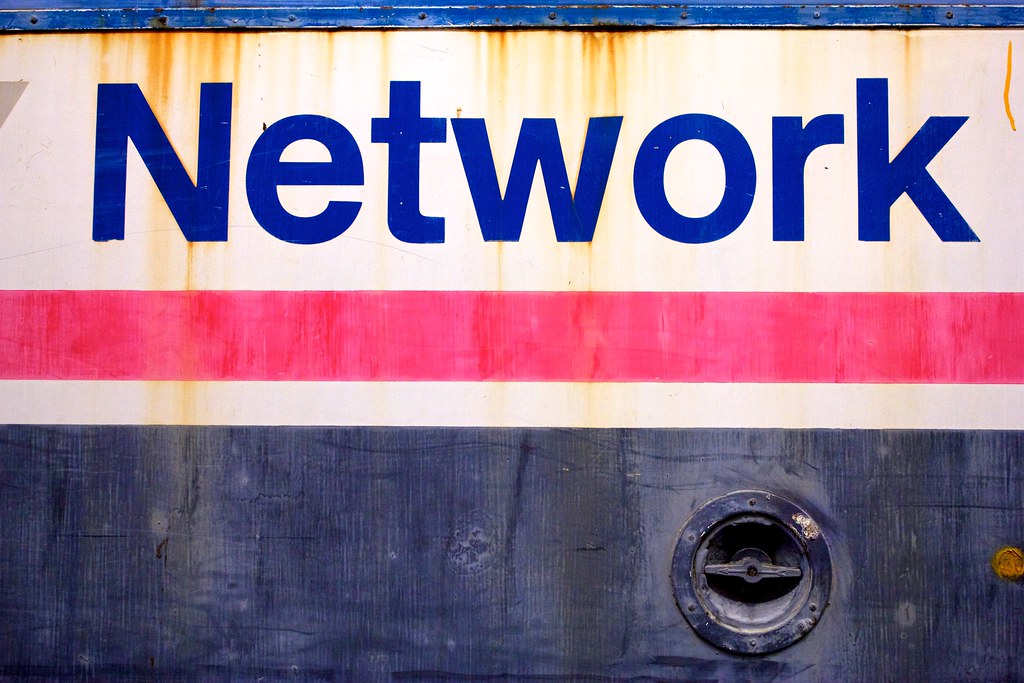 Photo Credit: Alexander Baxevanis via Compfight
Photo Credit: Alexander Baxevanis via Compfight
One of my goals for 2014 is to apply what I have been planning for quite some time now: encourage my students to develop their own PLNs.
In brief, a PLN (Personal Learning Network) is “an informal learning network that consists of the people a learner interacts with and derives knowledge from in a personal learning environment”. Interactions can take place online and the learner does not have to meet those people in person.
My own PLN consists of like-minded educators from all around the world; they are the people I learn from and with on a daily basis. They are those who share with me and inspire me to experiment, reflect and become a better educator. Whether I have met them in person or not, these people are now part of my life. I’m not isolated anymore; I’m part of a community of lifelong learners.
How would it be like if students developed their own PLNs in areas of interest or talent? Not only would they be encouraged to learn independently but they would also have access to information and communities impossible to reach from within classroom walls. After all, as 21st century teachers, we are no longer the sole providers of knowledge; however, we can be the ones who will show them the way to opportunities; those who will provide them with skills to learn from and with a global network of people.
Below are 7 steps that I consider essential to this endeavour. The list is by no means exhaustive and you are invited to make your own contributions through a comment or blogpost 🙂
Step 1: Reflect on how you developed your own PLN
Our experience in developing and maintaining a PLN should not be taken for granted. Reflect on that. Think about the steps that you took, the mistakes that you made and on what you have learned on the way. If you don’t have a PLN, it’s never too late to create one. You will feel much more confident to teach something that you have personal experience in. Read what Shelly Terrell and Vicky Loras suggest and contact me in case you need further help 🙂
Step 2: Teach students Digital Citizenship skills
To participate in online communities effectively, students will need to be equipped with skills to use technology responsibly, ethically and safely. They should be polite and tolerant with people; they should be critical thinkers, able to challenge and filter a vast array of information found online; they should also be aware of the dangers they might encounter and be able to deal with them effectively. Even if your students are aware of these concepts, reminding them is always a good idea.
Step 3: Give it time
As you will know from your own experience, PLNs cannot be developed overnight; they are not static either. They grow as we grow and can slightly change when our needs and interests change as well. Give your students time to build and maintain their PLNs. It might work well as a year round project for instance but you will need to check students’ progress regularly.
Step 4: Encourage active participation
Finding and joining a community of like-minded people might be highly important but PLNs cannot be maintained if students are just consumers of what other people share. They will need to contribute back by taking part in discussions, by creating and sharing their own content. Teach students to be creators. They can start with comments or questions and gradually move on to writing blog posts or creating videos. Anything that will add value to other people’s learning will be appreciated and welcome.
Step 5: Find tools that will suit your students’ needs
Twitter, Facebook groups or blogs can be great PLN platforms. Do your personal research and use the ones that address your students’ needs. You will also need to consider your students’ age. If you teach young learners, platforms like Edublogs or Edmodo might be more appropriate. Curation tools are also important. Teach them to curate and organise information and resources with tools such as diigo, Evernote or scoop.it.
Step 6: Don’t forget that PLNs are personal
The term itself suggests students need to personalise the learning experience and make decisions. Don’t impose networks and interests on them; instead, help them define their goals and motivations and make connections according to them. Personalisation can be achieved even with younger students who need to be supervised more closely; for instance, you can initiate collaboration with kids in other countries but let them have a say over who they want to work with.
Step 7: Act as a model
Last but not least, focus on modeling what learning looks like. Share your own learning and experiences. Tell them how you started your own PLN and how valuable it has been to you. Learn with them and from them. Invite them to teach you something; explore and discover new things together. Be part of their PLN and let them be part of yours.
Comments are closed